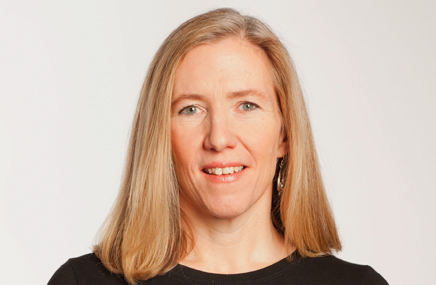Pharmaceutical marketers are allocating more resources to point-of-care (POC) settings, where consumers and patients are spending more time and tend to be hungry for relevant health care advice, according to a study by ZS consultants.
POC spend has grown about 10% a year since 2010 to a projected $400 million in 2014, driven partly by POC vendor consolidation. That’s about eight times greater growth for POC communications than in DTC overall, ZS found.
The consultancy attributes the growth to marketers grasping the opportunity to target supportive messages in the POC channels of doctors’ offices, pharmacies and hospitals. Working with fewer vendors, clients can achieve better scale and market coverage and integration of POC messages across channels, adds ZS.
And the growth looks set to continue as enabling technologies such as smartphone apps, remote patient monitoring and telemedicine open up new channels for POC promotion. EHR and outpatient health clinics at drug stores have enabled opportunities for reaching patients during their visits with HCPs.
Additionally, with the growth in targeted therapies, marketers may favor POC for cost effectively reaching narrow patient populations. The study projects POC spending will exceed $500 million within the next two to four years, with POC growing from 6.7% to 10% as a percent of DTC spend.
A key study takeaway is that consumers are spending more time in POC venues where they are quite eager to receive supporting materials and advice from caregivers.
With more people entering the healthcare system under Affordable Care Act, and baby boomers aging, physicians office wait times are poised to increase over the next 10 years. Office visits to primary care doctors will rise from 462 million in 2008 to 565 million by 2025, the researchers project.
The captive POC audience is comprised of avid consumers of available materials, as 89% watch TV or read wellness information in the waiting room. More than two-thirds say relevant communications enhance the waiting room experience, findings show, and 84% said POC messages made them interested in purchasing the promoted brand.
Respondents said they saw an implied endorsement of the messaging by HCPs in whom they report high levels of trust, with 65% saying waiting room materials are among their most credible sources.
As a high percentage of patients (76%) recall the materials they saw or heard in waiting room, 75% of HCPs say patient requests influence their decisions.
“The POC waiting room is a pivotal place and time for consumer exposure to healthcare information and branded materials,” said Hensley Evans, a ZS principal. “When patients and caregivers trust the source and absorb these materials, they are likely to bring that information into their treatment discussions with a physician,” and influence the direction of treatment. .
Second only to TV in scale and reach–44% of adults have seen or heard it in last 12 months–POC messaging is also more measurable, according to ZS. Data on new and total scripts, and patient adherence, can be correlated with the venues where the messages are placed.
For effective strategies, marketers must start with patients’ perspective of the POC experience, ZS advised. The behavioral and emotional factors that impact patient decisions at each stage of the journey must be mapped toward creating tailored messages and brand content with calls to action that are consistent with the POC venue and the moment.








